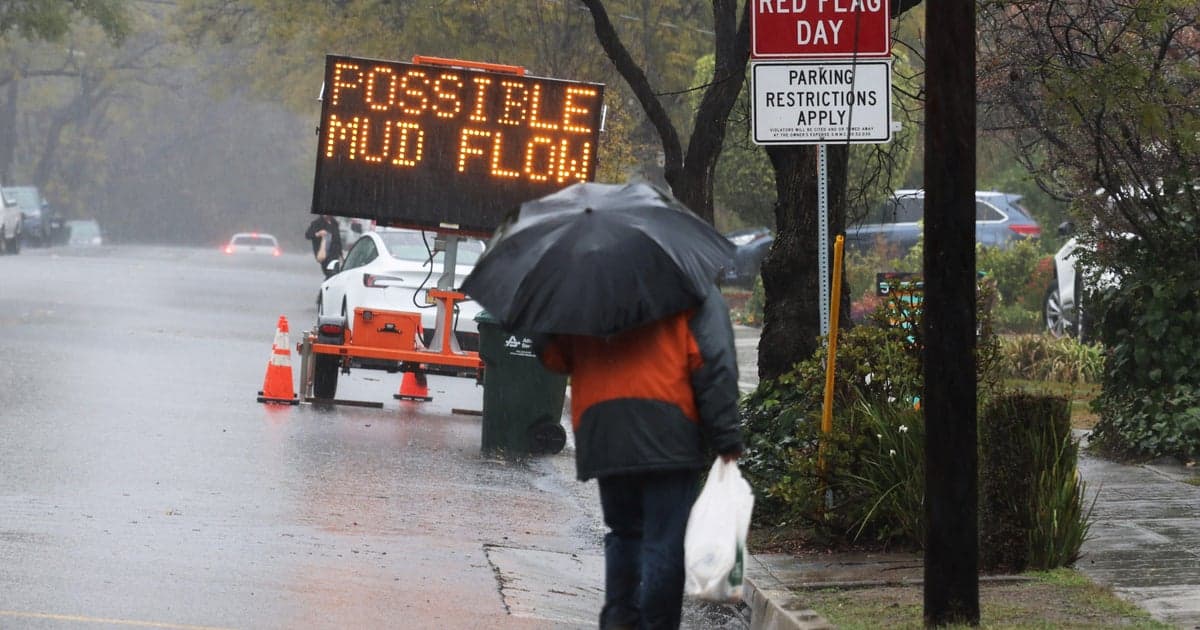Multiple law enforcement officers shot near Topeka, authorities mobilize
Multiple law enforcement officers were shot in a rural area near Topeka, prompting a multiagency response and an immediate investigation into the circumstances. The incident underscores longstanding policy questions about rural policing capacity, interagency coordination, and public safety that have practical implications for residents and local leaders.
Listen to Article
Click play to generate audio

Multiple law enforcement officers were shot in a rural area near Topeka, officials said, touching off a broad law enforcement mobilization and an ongoing criminal investigation. The shooting occurred outside a population center, where response times, resource constraints and communications among agencies complicate emergency operations. Local officials closed roads and urged residents in surrounding communities to shelter in place while officers conducted searches and secured the scene.
The latest incident highlights operational and policy vulnerabilities that are often less visible in urban discussions of public safety. Rural agencies typically operate with fewer officers, limited tactical resources and longer mutual aid timelines. Those conditions can increase risk for first responders and complicate efforts to quickly contain violent incidents. County sheriffs and state police rely on protocols designed for coordination across jurisdictional lines, but the stress test of an active shooter investigation in an open landscape can expose gaps in training, equipment and information sharing.
Investigators are focusing on establishing a timeline, identifying any suspects and determining motive, while preserving evidence at a scene that spans rural roadways and private property. Authorities have not released details about the condition of the officers involved or the number of suspects. Federal agencies often join local probes in such cases when crimes cross state lines or involve firearms offenses, and the allocation of federal investigative support has become a standard element in complex scenes.
The political implications are immediate for local and statewide policymakers. High profile attacks on officers typically trigger calls for enhanced funding for law enforcement, revision of training protocols and expanded access to mental health and behavioral threat assessment resources. At the same time the incident will likely factor into conversations about firearm access, emergency medical services in rural areas and the capacity of county budgets to sustain 24 hour patrol coverage. Candidates and incumbents seeking office at the local level often use public safety events to argue for policy shifts, and the timing of the incident may amplify attention on law enforcement resourcing in upcoming municipal and county contests.
Community response will be shaped in part by how transparently and quickly officials provide information about the investigation and the welfare of those involved. In communities with strong ties to local departments, the shooting will drive demand for public briefings, reviews of tactical decisions and assessments of mutual aid agreements. In areas where trust in institutions is weaker, the event could further erode confidence unless authorities demonstrate accountability through clear timelines and independent review where appropriate.
Beyond immediate investigative steps, the episode raises broader questions about preparedness across rural America. Investments in interoperable communications systems, trauma care access for remote areas and sustained training for low frequency high consequence events are policy levers that state and federal lawmakers can pursue. For residents and civic leaders, the shooting is a reminder that public safety policy decisions have material consequences for emergency outcomes and community resilience.


